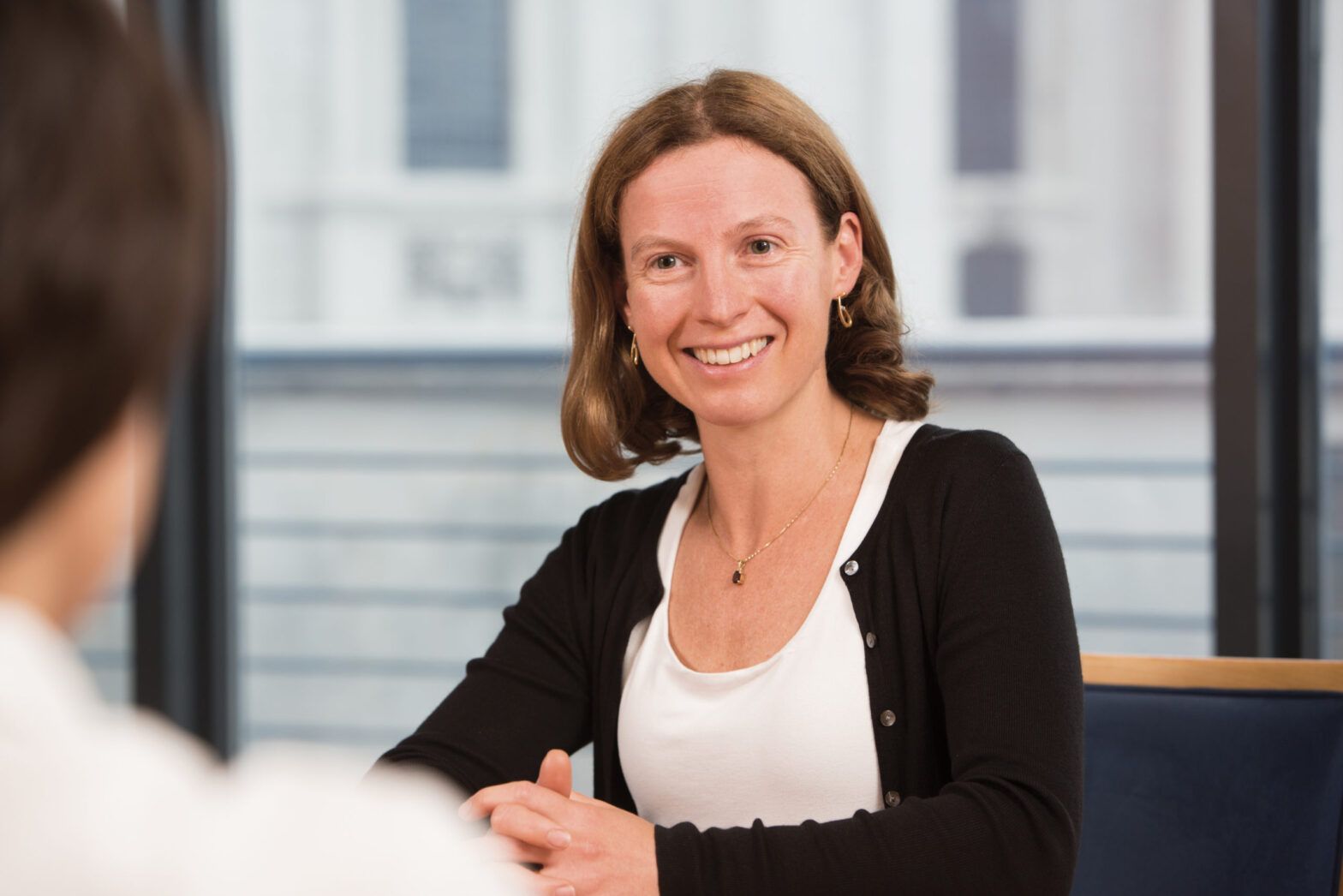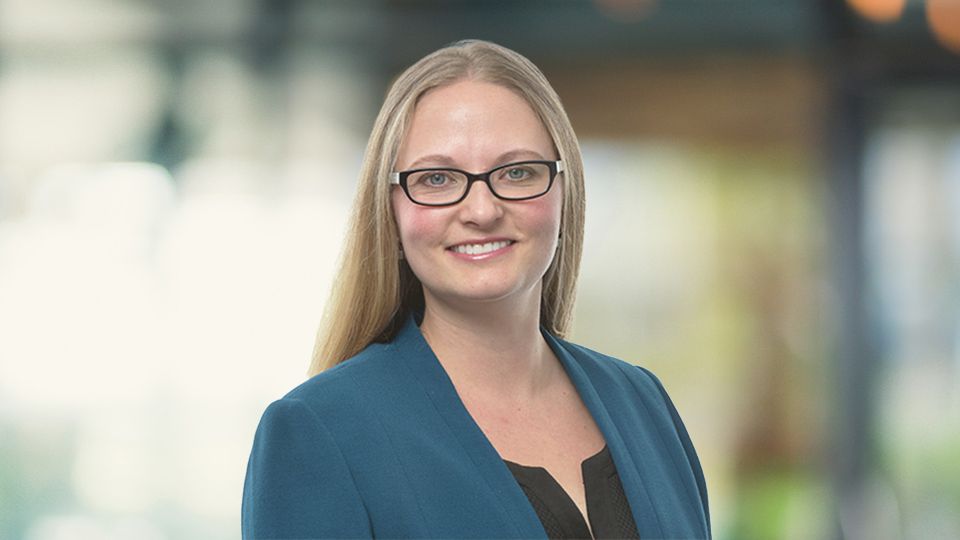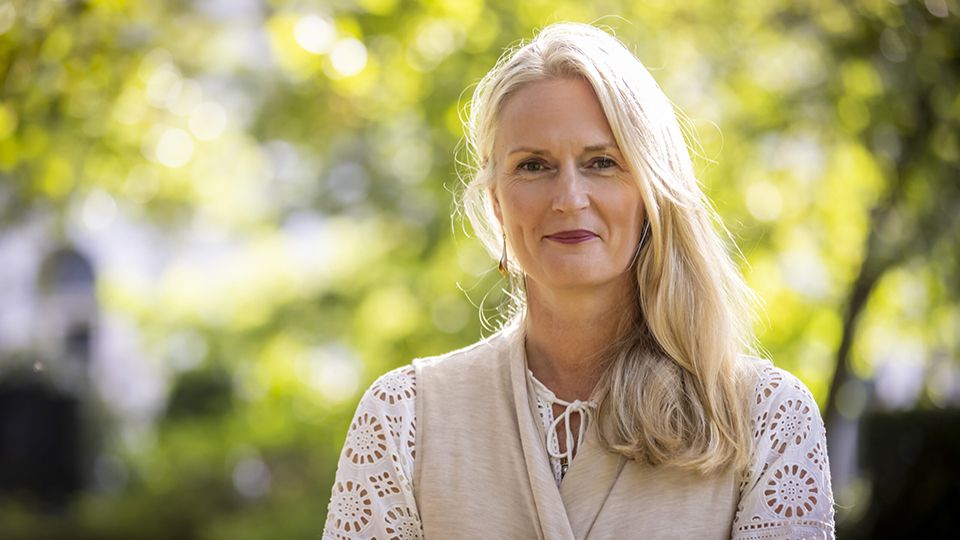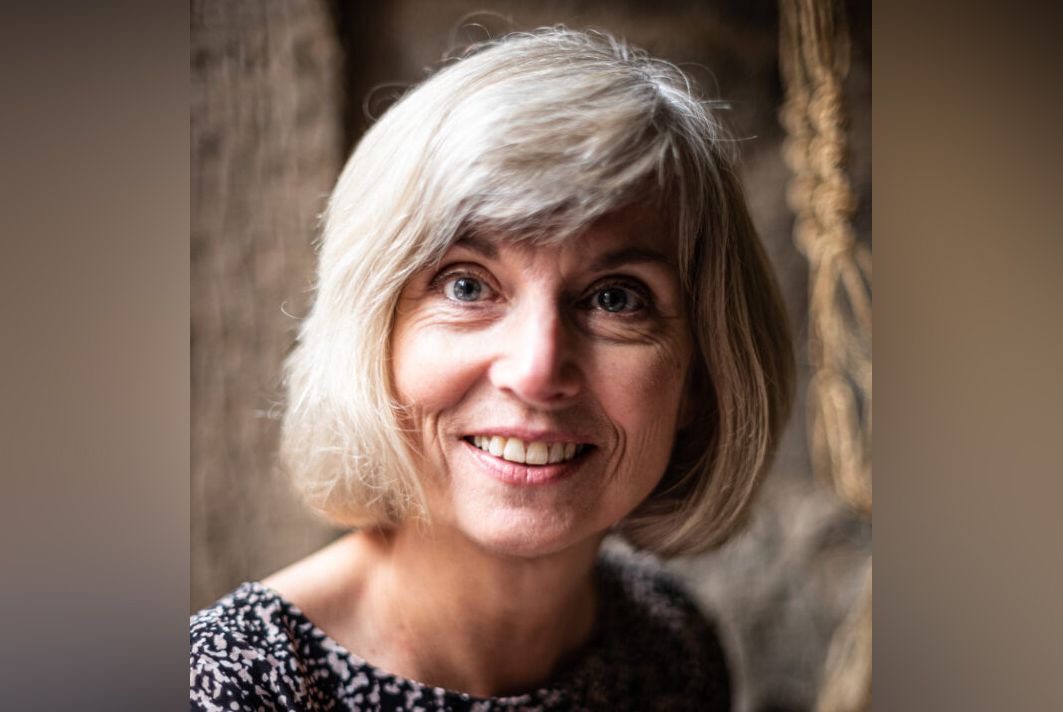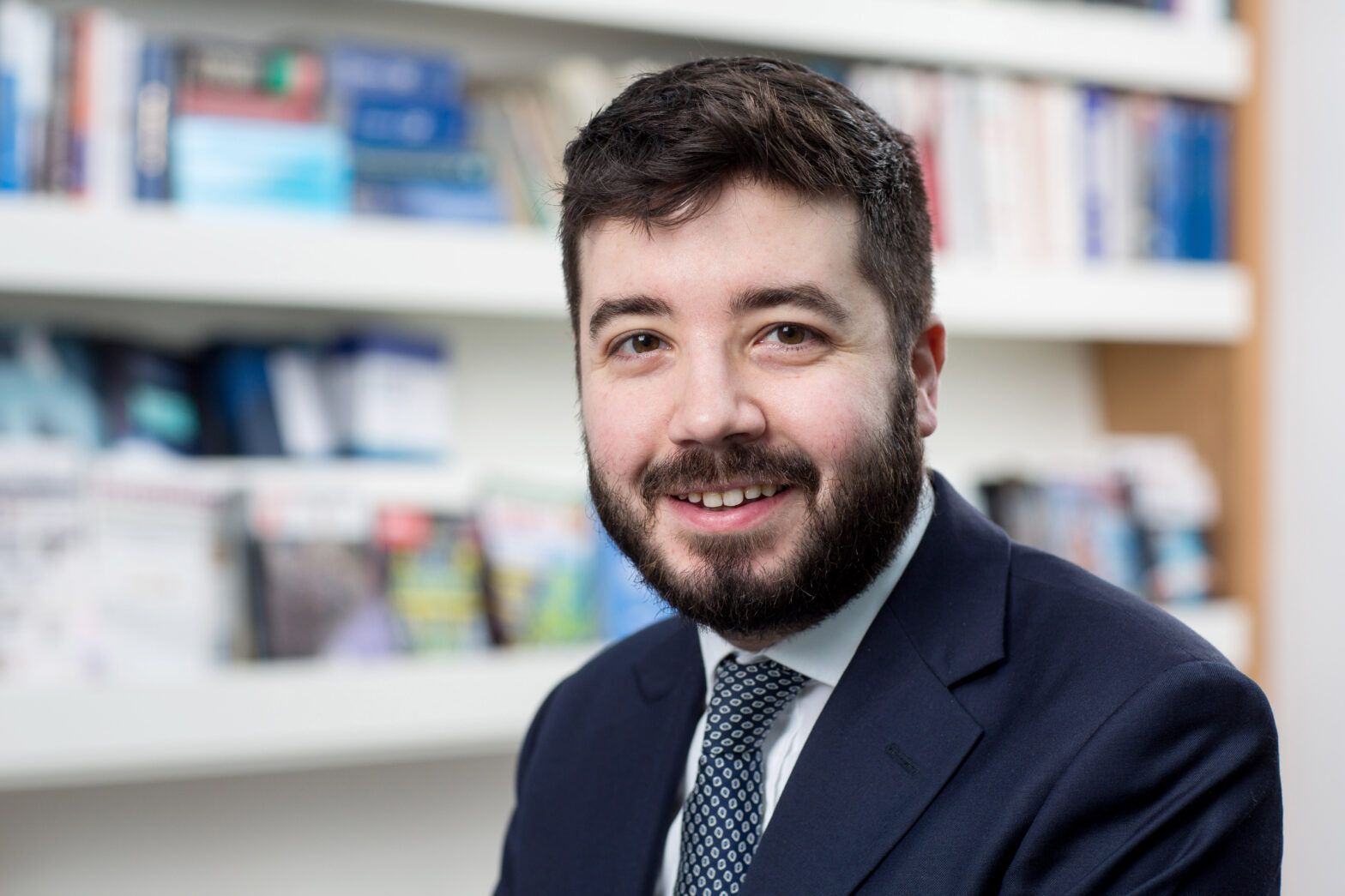Investing in low-carbon stocks is only one part of the climate solution. After all, it is no good investing in windmills if the steel mills that supply them do not decarbonise. The most difficult part of the energy transition – and what underpins our ability to prevent global temperatures rising beyond 1.5°C – is the need to transform high-carbon, hard-to-abate sectors. This requires rapid action from engaged and supportive shareholders with the willingness to challenge unsustainable corporate strategies.
In order to identify high-carbon companies that can create value through transformation, investors should consider opportunities across three broad categories.
First, there are high-carbon creators and users in transition. Second, there are producers and suppliers of devices, processes and services enabling companies to transition, and finally, the suppliers of base materials to those companies.
One example of a high-carbon creator and user in transition is Equinor, an energy company whose gas production will be increasingly in demand as a relatively clean interim energy source. Looking longer term, Equinor’s ambition – and that of the Norwegian government who hold a large stake in the company – is for the company to become a pre-eminent operator of offshore wind and carbon capture facilities as it moves towards a net-zero business model.
Helping companies such as Equinor make the transition to cleaner and more responsible business practices is an array of producers and suppliers, such as Aker, a carbon capture provider, and Fluor, a specialist in renewable fuels, hydrogen production and energy storage. Further along the supply chain are companies such as Flowserve, Ingersoll Rand and Alfa Laval, which supplies precision pumps, heat exchangers and other components for the carbon transition.
We must also look at suppliers of the vital materials without which transition will not be possible. For example, Rio Tinto is a household name whose copper and aluminium will be in high demand as energy use switches from fossil fuels to renewables. Less well-known is France’s Air Liquide, which supplies industrial gases and is a world leader in developing large scale green hydrogen – a low-carbon store of energy made using renewable power.
Other examples include building materials – particularly concrete – producer CRH, one of the largest carbon emitters on our buy list, but with an ambition to be sector-leading in carbon reduction. As the world adapts to climate change, we will need more cement. This needs to be low carbon.
Engage for change
The opportunity for low-carbon businesses to thrive in hard-to-abate sectors is clear. The challenge is delivery. There is often a range of technological, economic, legal, policy or social barriers to change. Our role as supportive and engaged shareholders, therefore, becomes critical to delivering the long-term returns.
Success requires careful analysis relating to the key questions put to boards, a strong understanding of the governance arrangements, thoughtful voting to ensure director accountability, and a willingness to be public.
One example is leading US power company NextEra Energy. Despite having a substantial renewables capacity, the company also possesses one of the largest carbon footprints of all our holdings due to its extensive gas generation and distribution network, primarily focused in Florida.
Until this year, it lagged its peers in terms of its commitments to decarbonise. However, following intensive engagement as co-lead of the CA100+ investor initiative, the company committed in June to a ‘real zero’ carbon emissions target by 2045. This covers the vast bulk of emissions resulting from its energy generation and distribution network.
A more holistic approach – which involves investing and engaging across all sectors to deliver a more sustainable future – is not only right for the planet, but it can deliver more sustainable financial returns for clients.

